In a ‘G2W Technology Platform’, Gas2Wire is the Keystone Technology…
Gas2Wire (G2W) technology is proven and ready, it converts gas molecules into electricity for export via cable, on demand. The process typically involves gas extraction and conditioning, power generation and finally transmission to a point of sale. It provides flexibility and balancing services to complement and integrate renewable energy generation, from fast response through to seasonal timescales, for enhanced security and reliability of supply.
Energy Transition requires a broad shift in technologies and behaviours. Appropriate and viable technologies have a crucial role to play in shaping the future energy system. Many workable solutions are needed to balance the variability of renewable energy supply and each industry and sector has its own set of challenges to overcome. Some are proven and ready for deployment, others are in varying stages of technological, commercial and strategic readiness, requiring incubation and/or acceleration. Emerging technologies can benefit directly through strategic co-location and integration with G2W, in the offshore environment.
G2W is the keystone/core technology in G2WV’s ‘Net Zero Technology Platform’, providing the framework and supporting infrastructure required for further development and technology integration. Additional services associated with other foundational technologies, include:
- Carbon Capture (CC) – involves trapping carbon dioxide at its point source, preventing discharge to atmosphere. It enables fossil and/or renewable based emissions to be utilised and/or stored.
- Power2Gas (P2G) – involves the conversion of renewable electricity into renewable gases, for long duration storage and transport, providing a solution to grid congestion or curtailment. This typically uses the electrolysis process and, as necessary, further process steps to obtain a suitably energy dense and safe to handle storage vector, ready for use in G2W, on demand, as well as for transmission and distribution services. P2G and G2W+CC enable a seamless transition to entirely renewable energy based ‘LDES’.
- Long Duration Energy Storage (LDES) – refers to the ability to provide stable energy output ranging from 10 hours to days, weeks, and even seasons. This has been virtually entirely fossil-energy based for the past century and beyond, and upon which modern society has come to be heavily dependent. LDES and G2W+CC support grid stability, mitigate the intermittency issues of renewable energy, and enable a more reliable, flexible and resilient energy system.
- Renewable Energy Integration (REI) – is enabled through the integration of G2W+CC, P2G and LDES. This refers to the increase in the share of renewable energy in the overall energy mix, reducing reliance on fossil fuels and accelerating the transition to Net Zero. By converting excess renewable electricity into renewable gases, it allows for the storage and utilization of renewable energy when demand exceeds supply or during periods of low renewable energy availability.
There are significant opportunities for utilizing these integrated approaches to enhance the future energy system, spanning generation, storage, and grid resilience. By harnessing the G2W Technology Platform, the energy sector can accelerate the transition to Net Zero emissions.
G2W
Delivers dispatchable low carbon electricity, on demand.
G2W
Strengthens security of supply and alignment with Net Zero.
G2W
Enables long duration renewable energy storage and balancing.
In summary, the ‘G2W Technology Platform’ integrates the production, generation, and transmission of electricity, as well as the conversion of renewable electricity into renewable gases, for long duration storage and transport, whilst also capturing, utilising and/or storing carbon. It gives oil and gas infrastructure a new role, to capitalize further on these existing assets, for the direct benefit of energy transition. G2W can also share its infrastructure with nearby offshore wind farms, to export dispatchable electricity directly to an onshore grid. Ultimately, G2W creates a range of opportunities that can contribute to ending society’s dependence on fossil-energy.




